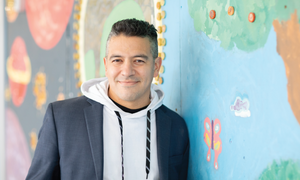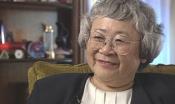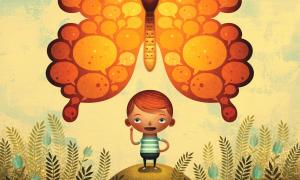article
2,889 Results
text
Informational
1920: Women Get the Vote
This article examines the history of the 19th Amendment, which secured the right to vote for women. It examines women's participation at the polls since then and considers the possibility and impact of greater numbers of women in public office.
July 5, 2014
text
Informational
Deaf Culture: Changes and Challenges
In his essay, Bacon provides some high-level insights into the past of America’s deaf, as well as the current culture and some potential challenges that lie ahead.
May 22, 2017
article
Returning to the Place of Origin

Educator Gerardo Muñoz on the critical importance of centering community—this school year more than ever.
article
"Mr. D, Don't Let Them Take Our School"

An interview with Principal Frank DeAngelis of Columbine High School.
article
"Hunger Would Be Creation": Neurodiverse Literature in the Classroom

What can teaching neurodiverse texts do for people with and without cognitive disabilities? We’ve just scratched the surface of possibility.
text
Multimedia
Hearing About the Bombing of Pearl Harbor: Akiko Kurose

“Akiko Kurose grew up in Seattle, Washington. In this clip, she talks about how she felt when she heard that Japan had bombed Pearl Harbor.”
February 5, 2019
article
More Than Birds and Butterflies
Environmental sensitivity and social justice concerns can lead to action.
article
Beautiful Differences

Think your students are too young to discuss differing abilities? Think again.
article
MIX IT UP: Students Bridge Social Boundaries
Last November more than 3,000 schools accepted the challenge to sit somewhere new.